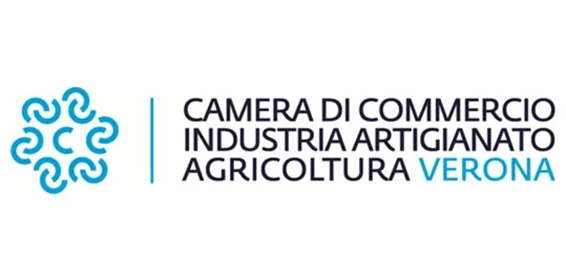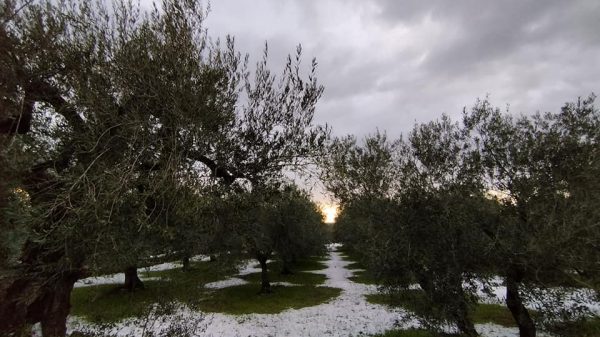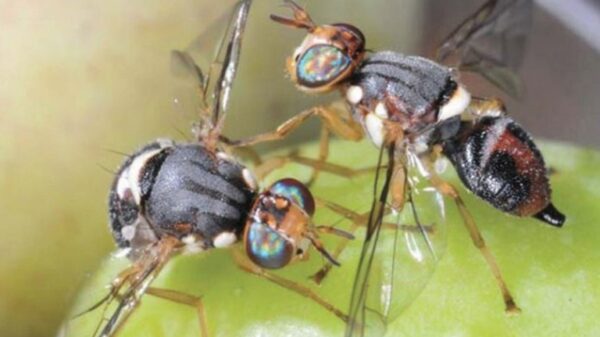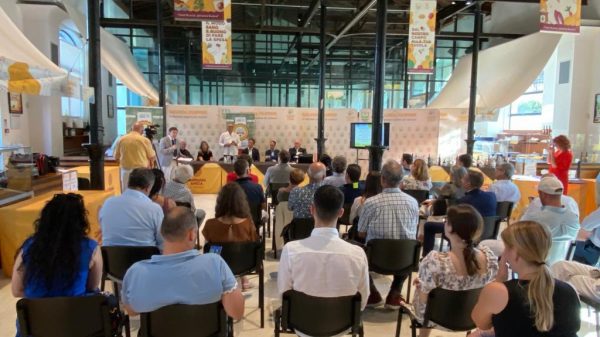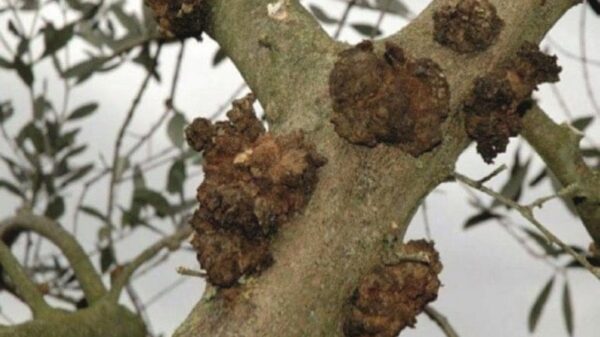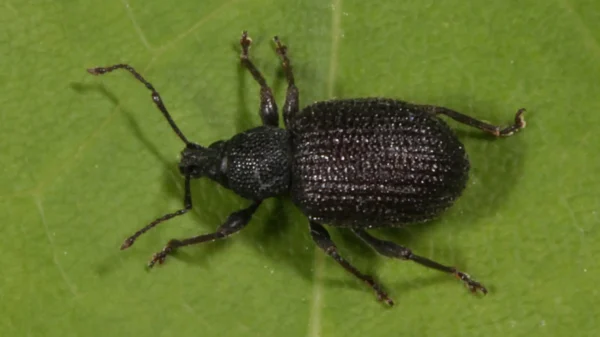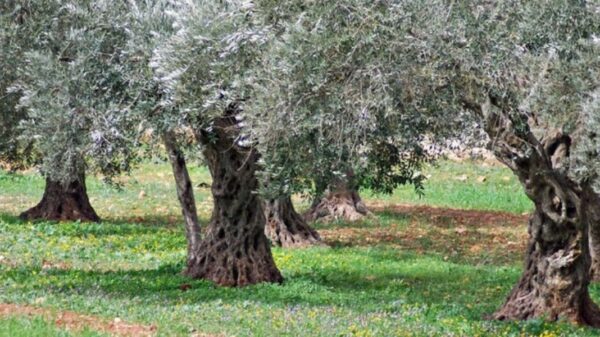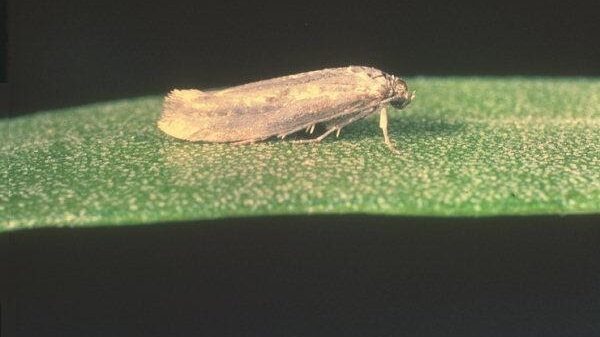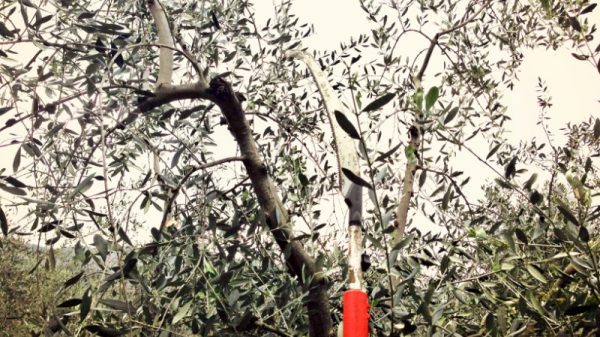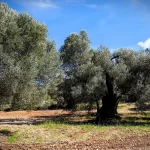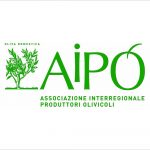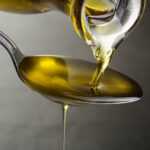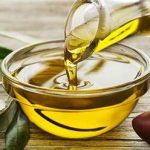La pruning it is an important practice to maintain the productivity of olive trees: branches or parts of the tree are removed to promote the growth, shape and health of the tree. But they create wounds, which must heal and heal. For each cut the plant reacts immediately by closing the severed lymphatic vessels and must immediately reorganize the local circulation of the lymph. Substances that help the plant to resist possible attacks by pathogens also come into operation phytoanticipins. These compounds prepare plants to face attacks, strengthening defense systems.
The danger of infections
If this activity is not sufficient and there is a risk of infection because a pathogen, the plant is ready to synthesize other substances, the phytoalexins, which have antifungal and antimicrobial properties, also contain phenolic products, such as tannins and lignin, or callose, a sugar, which strengthen the cell walls around the wounded area, forming a physical barrier against the introduction of pathogens or harmful substances.
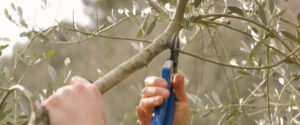
Meanwhile, the cells around the wound undergo a series of changes, biochemical and metabolic, and begin to actively proliferate to close the wound by producing a tissue called healing callus. This callus is made up of undifferentiated cells, which form a barrier with the external environment on the wound, protecting the underlying tissues from dehydration.
The callus cells, after a “transitory infill” they go to one "permed", differentiating and specializing the cells into those that will constitute new vascular tissues and those into parenchymatous ones that will connect with adjacent ones, forming a solid barrier. In this way all damaged tissues will be replaced.
The ability to occlude wounds and prevent microbial infections depends on the energy reserves of the plant, therefore on its overall vigor, on the conformation and extension of the wound. A possible positive outcome of infection is mainly due to an insufficiency of the plant in independently producing a strong antimicrobial defense.
It should also be considered that pathogenic fungi and bacteria could be able to make the action of phytoalexins ineffective, detoxifying them or suppressing their production. It should also not be forgotten that the fungal and bacterial population present on the vegetative surfaces could be numerous and aggressive enough to overcome the obstacles posed by the plant.
Counteracting and containment actions
To combat and contain the risk of infections as much as possible, it is best to help the plant with the use of fungicidal and bactericidal products such as:
1) cupric products like copper hydroxide it has a rapid action; or copper oxychloride, an antifungal formulation that is less rapid than hydroxide, but tends to remain on the plant longer; Bordeaux mixture, a mixture of copper sulphate and hydrated lime, and we can vary the proportion between copper sulphate and hydrated lime to make this mixture acidic, neutral or basic and adapt it to different. When using copper products it is possible to use substances that improve the effectiveness and persistence of the treatments, they can act as wetters and tackifiers, which avoid washouts and protect the solutions.
2) to dodine, is a broad-spectrum fungicide, it cannot be mixed with products with an alkaline action and with oils.
Large cuts
When the cut involves branches with diameter greater than 5 cm, as in reform pruning, it may become useful to coat the cutting surface with mastics o healing pastes, which may contain antimicrobial ingredients. Typically these products contain a combination of active ingredients such as resins, beeswax, vegetable oils, antioxidants and antimicrobial agents.

An example formulation for a healing agent for pruning cuts could be: natural resin 50%, beeswax 15%, vegetable oils 25%, other antioxidant products or antimicrobial substances 10%. These percentages are indicative and may vary depending on the manufacturer and the specific formulation of the healing agent. It is important to follow the manufacturer's instructions for correct and safe application. In the market they are also easily available healing sprays based on natural resins.
A widespread agronomic practice is to apply brushings with cupric products, possibly mixed with other substances, such as propolis, capable of stimulating the plant's natural defenses. In this case the doses to be used could be a copper oxychloride in 1 liter of water, for example Cupravit blue or Cuproram 35 WG Blue, 10-15 g plus Propolis 10 – 15 ml.
It should be remembered disinfection of cutting tools when moving from one plant to another to avoid transmitting any pathogenic microorganisms.
AIPO Director
Interregional Association
Olive producers
Browse for free L'OlivoNews click , here.
